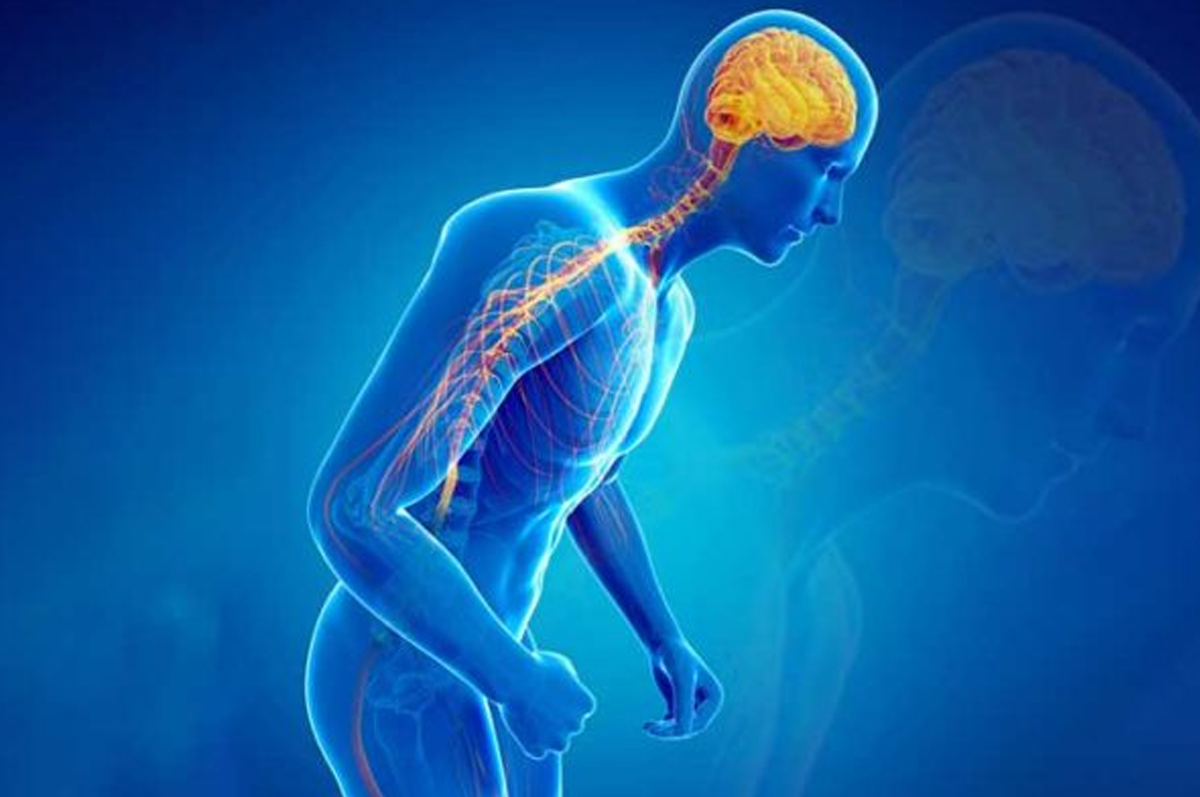
Parkinson's Disease (PD) is a progressive neurodegenerative disorder that affects movement control. It occurs when nerve cells (neurons) in the brain that produce dopamine, a neurotransmitter essential for coordinating muscle movements, become damaged or die. As dopamine levels decrease, it becomes more difficult to control muscles and movements.
Causes
The exact cause of Parkinson’s disease is unknown, but it is believed to result from a combination of genetic and environmental factors. In some cases, genetic mutations are linked to Parkinson’s, particularly in early-onset cases. Environmental factors, such as exposure to toxins, may also play a role. Aging is a significant risk factor, as the disease is more common in older adults.
Symptoms:
Parkinson’s disease symptoms typically develop gradually and can vary from person to person. Early signs may include tremors (shaking), especially in the hands, stiffness, and slowness of movement. Other symptoms include:
Treatment:
There is no cure for Parkinson's disease, but treatments can help manage symptoms and improve quality of life. Treatment options include: